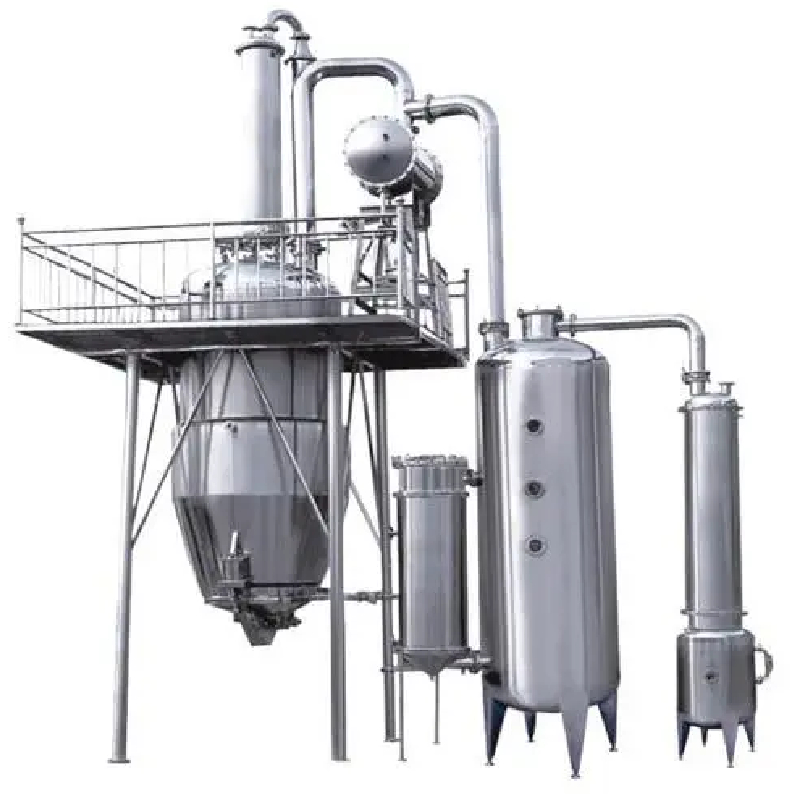Automation in ODM Centerless Grinding Revolutionizing Precision Manufacturing
In the fast-paced world of manufacturing, automation has become a key driver of efficiency, precision, and competitiveness. Among the various machining processes, centerless grinding stands out for its ability to produce high-quality cylindrical components with tight tolerances. When combined with advanced automation techniques, such as those provided by Original Design Manufacturer (ODM) solutions, centerless grinding can reach new heights in performance and productivity.
Understanding Centerless Grinding
Centerless grinding is a machining process that grinds workpieces without the need for a fixture to hold them in place. Instead, the workpiece is supported by a work rest blade and fed between two grinding wheels a larger grinding wheel that removes material and a smaller regulating wheel that controls the workpiece's rotation and feed rate. This method is ideal for producing parts like rods, bushings, and pins, which require precise diameters and surface finishes.
The Role of Automation
The integration of automation in centerless grinding processes can substantially enhance productivity and accuracy. Automation can streamline several aspects of manufacturing, including feeding, part measurement, and quality control. For ODM companies, incorporating advanced automated solutions enables them to maintain high standards while reducing lead times and labor costs.
1. Automated Feeding Systems
Automated feeding systems play a crucial role in the efficiency of centerless grinding. These systems can be designed to handle bulk materials, allowing for a continuous flow of workpieces into the grinding area. By utilizing vibratory feeders or robotic arms, manufacturers can minimize downtime related to manual feeding, thereby increasing throughput. This ensures that the grinding machines are always in operation, driving up production rates.
2. In-Process Measurement and Quality Control
Another significant advantage of automation in centerless grinding is the ability to implement in-process measurement systems. These systems continuously monitor the dimensions and surface finishes of the workpieces as they are being ground. By employing laser measurement tools or automatic gauges, deviations from desired specifications can be detected in real-time, allowing for immediate adjustments to be made. This not only enhances product quality but also reduces waste and the need for rework, thus maximizing overall efficiency.
odm centerless grinder automation

3. Data Collection and Analysis
Automation also opens the door to data collection and analysis, which can help manufacturers identify trends and areas for improvement. By integrating IoT devices and sensors into the grinding operation, companies can gather essential data on machine performance, cycle times, and defect rates. Advanced analytics can then be applied to this data to optimize processes, predict maintenance needs, and improve overall production strategies.
4. Robust Programming Solutions
With the advent of sophisticated programming software, ODMs can create tailored automation solutions for their centerless grinding operations. These solutions can facilitate the programming of complex grinding paths, accommodating different workpiece shapes and sizes without the need for extensive manual intervention. Such versatility not only optimizes the use of grinding machines but also significantly reduces setup times.
The Future of Centerless Grinding Automation
As the demand for complex and high-precision components continues to rise across various industries, the future of centerless grinding automation looks promising. Emerging technologies, including artificial intelligence (AI) and machine learning (ML), are poised to further enhance the capabilities of automated systems. These technologies can analyze historical data to predict outcomes, thereby enabling smart adjustments during the grinding process.
Moreover, the global push towards Industry 4.0 emphasizes the need for interconnected systems, where manufacturing equipment communicates seamlessly with one another. For ODM companies, adopting such interconnected automation solutions can lead to more cohesive operations, reduced human error, and a significant competitive edge.
Conclusion
In conclusion, automation in ODM centerless grinding is transforming the landscape of precision manufacturing. By leveraging automated feeding systems, in-process measurement, data analysis, and advanced programming solutions, manufacturers can achieve unprecedented levels of efficiency and product quality. The integration of cutting-edge technologies promises to unlock even greater potential in the future, positioning centerless grinding as a cornerstone of modern manufacturing excellence. As we move forward, embracing these automation innovations will be essential for companies looking to thrive in an ever-evolving marketplace.
-
Discount High-Precision Surface Polishing Machine Durable & EfficientNewsApr.29,2025
-
High-Precision SS Square Tube Polishing Machine China SupplierNewsApr.29,2025
-
Stainless Steel Square Pipe Polishing Machine OEM & High-EfficiencyNewsApr.28,2025
-
Centerless Grinder Troubleshooting Fast Fix for OEM, China & Discount ModelsNewsApr.28,2025
-
Centerless Grinder Automation Solutions OEM & Precision Systems ChinaNewsApr.28,2025
-
Scarlo Centerless Grinder OEM High-Precision China Models & DiscountsNewsApr.28,2025


